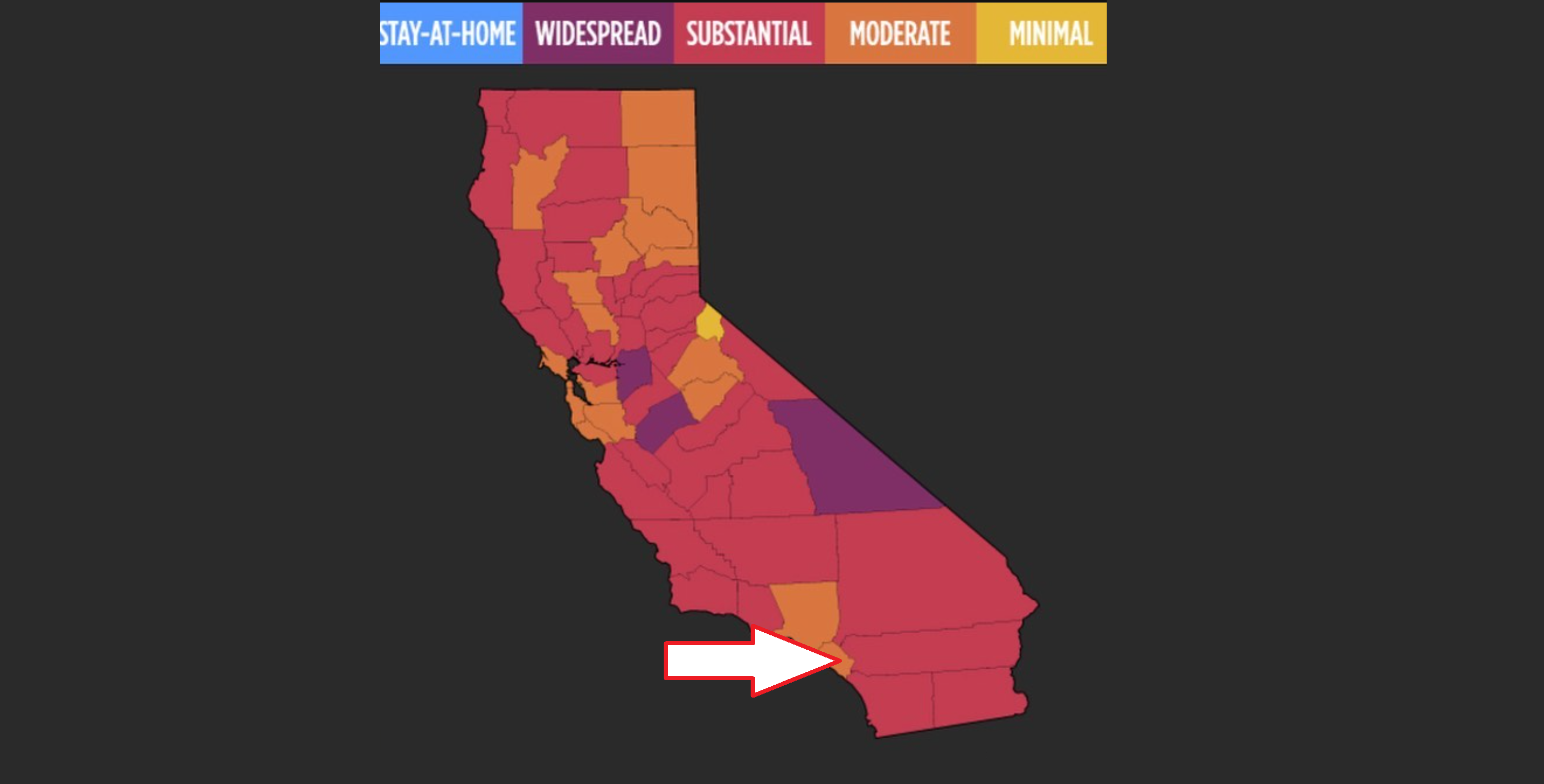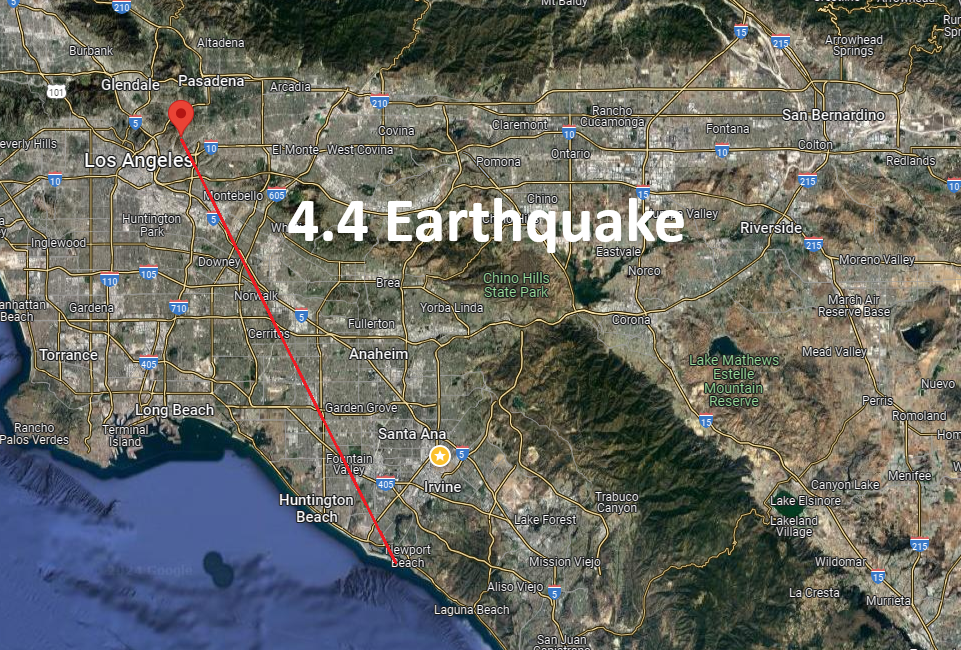Orange you glad it didn’t say red?
According to California State data, Orange County officially entered the “Orange Tier” on March 29th.
In order of most severe, the Governor’s office alone has created a tiering system to rank California’s counties. From most-to-least severe, they are:
Blue – Stay At Home
Purple – Widespread
Red – Substantial
Orange – Moderate
and Yellow – Minimal
Counties reaching the orange tier can allow bars to reopen outdoors with some modifications, and the bars will also no longer be required to serve food.
Churches, museums, zoos and aquariums can raise their indoor capacity to from 25% in the Red Tier to 50% in Orange Tier. Restaurants and movie theaters can raise indoor capacity from 25% or 100 people to 50% capacity or 200 people (whichever is fewer), and indoor gyms/yoga studios/etc can increase capacity from 10% to 25%.
As of today (Thursday, April 1st), amusement parks throughout the state can also reopen at 25% capacity, and sports arenas can resume at 1/3rd capacity.
Governor Newsom has been under intense criticism for his unilateral, draconian lockdown measures against his citizens. Judges have ruled his actions illegal on several occasions, but– as Chief Executive of the state– there is very little practical application to stop these measures, as the Executive office controls law enforcement itself, leaving the ruling of judges virtually inapplicable to the office of Governor. As citizens found themselves out of work and unable to make bills, the effort to recall Governor Newsom– previously attempted and failed– found reinvigorated support, gathering 2,117,730 signatures submitted on March 17th. These signatures require verification from the Registrar of Voters office, who maintains election records.
In California, the Registrar of Voters is appointed by the Board of Supervisors for each county. While technically a non-partisan position– everything in politics is political.
On rough average in recall efforts, around 20% of signatures are rejected, due to one or more of the following reasons:
- duplicate signatures
- non-matching addresses with the registrar
- not registered to vote
- not registered to vote in the area
- non-matching signature
During Newport’s last recall effort against Councilman Scott Peotter, the rejection rate was 22% (although Peotter was later ousted by Joy Brenner in the next election cycle).
Being that politicians appoint those who verify the signatures, it is reasonable to expect a lot of “meetings” about “ensuring the quality of the signatures”– making sure that every “i” is literally dotted and every “t” is literally crossed. Needing just 1,495,709 million to qualify for a recall, this would need an error rate of about 29%. This is a far cry from the 20%, but stranger things have happened, and this writer will not be putting money on the qualification of the recall in either direction. So far, the validation rate is hovering at 84%.
If the recall meets the required certified signatures, then a recall election must be held sometime within 60 to 80 days of that certification date.
The question on the ballot will be simple, and offer an option to keep or recall Governor Newsom. A vote to keep is a vote for Newsom, and a vote to recall will be available for any qualified candidates.
We will keep you updated as the recall proceeds. Until then, welcome back to Orange Tier, Orange County!
 Save Newport Real News in Newport Beach
Save Newport Real News in Newport Beach




